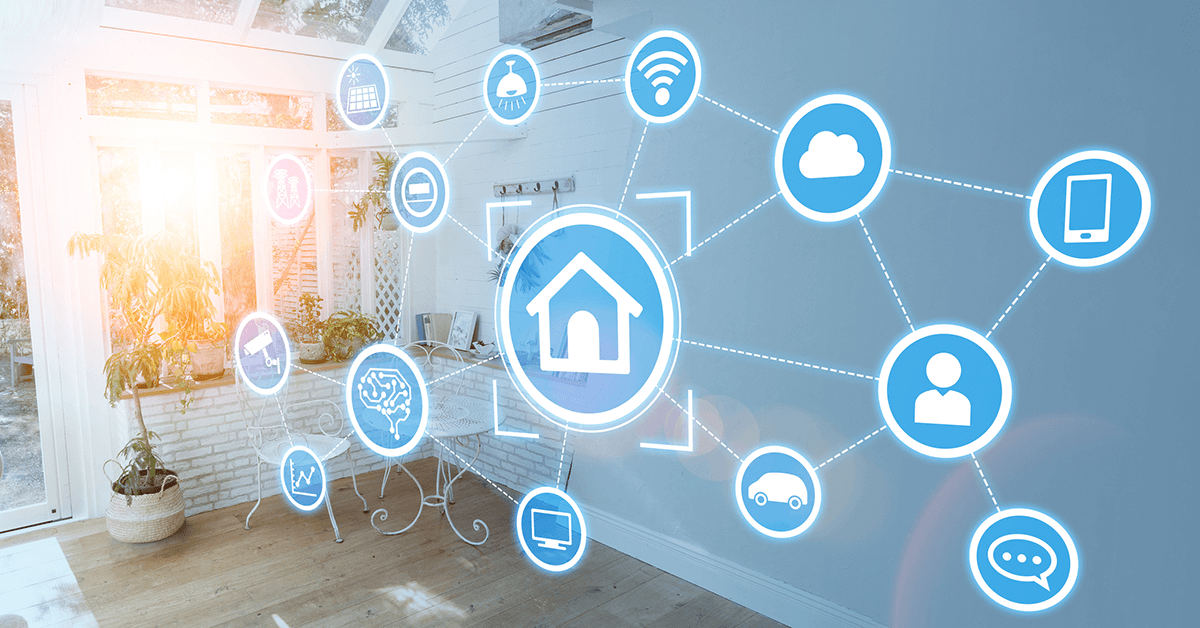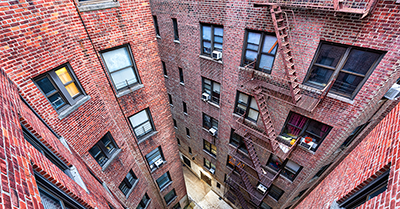
3 Pandemic Inspired Buying Trends With Staying Power
How we use our homes, where we live, and who lives with us have all changed as a result of COVID-19. While the initial lockdowns may have delayed the spring real estate market, a recent survey from the National Association of REALTORS® (NAR) showed nine out of ten REALTORS® now feel their markets are in recovery mode.
We’re learning that COVID-19 not only shifted when people are buying their homes, but also what features they’re looking for when they do. So, which of these quarantine influenced shifts in living will continue to affect what we look for in a home after the country returns to business as usual?
Here are three pandemic inspired buying trends that are likely to stick around.
With more and more people working remotely, a trend that is expected to continue after the pandemic, the need to live close to a city center is fading. Being able to cut ties with the city has homebuyers looking for homes with bigger lot sizes away from large metro areas. Alan Paul, a REALTOR® with Re/Max Associates in Pueblo, Colorado, told Market Watch buyers are “moving out toward the edge of town, and homes in the country are piquing their interest more. People want a lot more space.”
Pre-pandemic, we may have spent our weekends at parks, outdoor concerts, and museums. But many of those recreational activities no longer feel safe. Homebuyers are looking to fill the recreational void in their own backyards with pools, fire pits, home gardens, and even backyard chicken coops. Home’s with plenty of outdoor space to create your personal sanctuary are appealing to current homebuyers.
Not only are homebuyers looking for properties with more outdoor space, but they’re also seeking out homes with more indoor space to accommodate the growing trend in multigenerational living. The St. Augustine Record notes, “even before COVID-19, one in six Generation Xers and younger baby boomers purchased a multigenerational home.” Dr. Jessica Lautz, NAR’s vice president of demographics and behavioral insights, thinks it’s a trend that may linger even after the pandemic. “The family unit appears to be becoming more important, and I think COVID could increase this trend.”
As family dynamics shift and our in-home activities multiply, what buyers want in home design is changing as well. For years, homebuyers and homeowners were knocking down walls to create open living spaces, but now wish lists are shifting. NAR research shows the top feature homeowners are looking for is a home office, and in some cases, buyers are looking for more than one. Buyers prioritizing dedicated, private workspaces which in recent years had fallen by the wayside.
The increase in remote work, coupled with the need for self-isolation, and in some cases, homeschooling has buyers and builders shying away from open floor plans. Steve Keighery, who rehabs homes in Louisiana, told Market Watch, “Having walls and being able to self-isolate from other members of the household is becoming more important.”
While smart home technology may have started off as a luxury upgrade, many features have become commonplace in homes of all price points. COVID-19 has made homebuyers hyper-aware of touching surfaces and smart features that allow for voice or contact-free control are becoming more popular.
Smart locks that provide keyless touch-free entry, touchless kitchen faucets, and smart home hubs are upgrades that not only appeal to germ conscious COVID-era homebuyers but can also increase the value of your home in the long run. The article Hey Alexa, How Smart Does My Home Need To Be? notes this trend isn’t new, and likely isn’t going anywhere. “According to IHS, a global market research firm, 98 million smart home devices worth roughly $10 billion dollars were sold in the United States in 2018,” IHS predicts 50 percent growth every year through 2021.
And if COVID-19 has taught us anything, it’s taught us to expect the unexpected. Bidet companies have reported a spike in sales during COVID-19, which confirms what many REALTORS® are seeing out in the field. D.J. Patel, a REALTOR® in Chattanooga, Tennessee told Market Watch “I’ve noticed my clients talking about wanting to add a bidet,” he said. “The short-lived toilet paper scarcity has left a mark on home buyers.”
While a toilet paper shortage may have caused the recent interest in emerging bathroom technology, it’s an area of home upgrades that was already trending before COVID-19 and will likely continue after. A 2019 National Kitchen and Bath study surveying interior designers indicated that a bidet was one of the most important features to include in a remodeled bathroom.
There are few aspects of our life that will be left unchanged as a result of COVID-19, home purchasing trends are no exception. While some of these trends are expected to fade as the world returns to normal, these are three with staying power.
Time to Focus on Affordable Housing
Taxes on real estate are not the answer. Sign the petition calling on Congress to address our country’s housing shortage.





